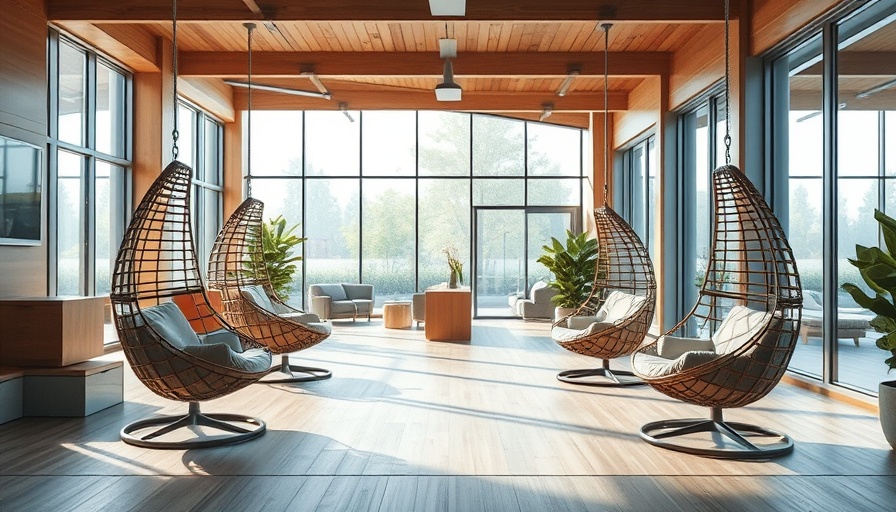
Celebrating Design and Innovation in the Construction Industry
NanaWall, a leader in opening glass wall systems for nearly four decades, has announced the opening of submissions for the 2025 NanaAwards, now in its 11th year. This prestigious contest is an established platform that highlights the creativity and expertise of architecture and design professionals, spotlighting their most impressive residential and commercial projects utilizing NanaWall products.
Who Can Submit?
The call for submissions is open to a diverse range of stakeholders in the architecture and construction fields, including architects, interior designers, builders, contractors, homeowners, and business owners. This wide-reaching appeal significantly enhances the quality of submissions, ensuring a multitude of perspectives and ideas.
Submission Process and Awards
Participating projects will be evaluated based on design details, photography, and videos. The submissions will be categorized appropriately and reviewed by a distinguished panel of judges from NanaWall. Notably, a shortlist of finalists will be open to public voting, allowing the community of homeowners and building professionals to engage directly with the creative outputs.
Recognition in the form of cash awards will be presented to the Gold and Silver category winners, providing a tangible incentive for participants while also elevating the visibility of their projects. Ebrahim Nana, President of NanaWall Systems, stated, “These projects are more than contest entries—they're a reflection of bold ideas and exceptional vision.”
Diverse Categories of Exciting Projects
With categories such as Best Residential Design, Best Commercial, Best Remodel, Best Hospitality, Best ADU or Pool House, and Best Office/Interiors, the NanaAwards are positioned to recognize excellence across various domains of design. Each submission is valued not merely for aesthetics but also for its innovative approach to utilizing space and enhancing user experience.
The Timeline for 2025 NanaAwards
Submissions for the awards will be accepted from August 1, 2025, through September 5, 2025. Voting will occur in October, leading to the highly anticipated announcement of winners in November. This strategic timeline allows ample opportunity for participants to showcase their efforts and engage the community.
Why Participate?
For business owners, property developers, and facility managers, participating in the NanaAwards not only represents an opportunity for recognition but also opens doors to new clients and collaborative opportunities. Engaging in such competitions can significantly enhance a brand's reputation and portfolio. It is crucial to highlight that the visibility gained through these awards can lead to increased demand and growth within the competitive landscape of commercial construction.
Conclusion: A Call to Showcase Your Vision
The NanaAwards serve as more than just a competition; they are a celebration of innovation, collaboration, and sustainable design practices. As the industry continues to evolve, participating in such initiatives is essential for remaining at the forefront of market trends and contributing to the greater good. If you're ready to showcase your design prowess and innovative spirit, consider submitting your project for the 2025 NanaAwards. For detailed information and guidelines, visit the official NanaAwards landing page.
 Add Row
Add Row  Add
Add 




Write A Comment